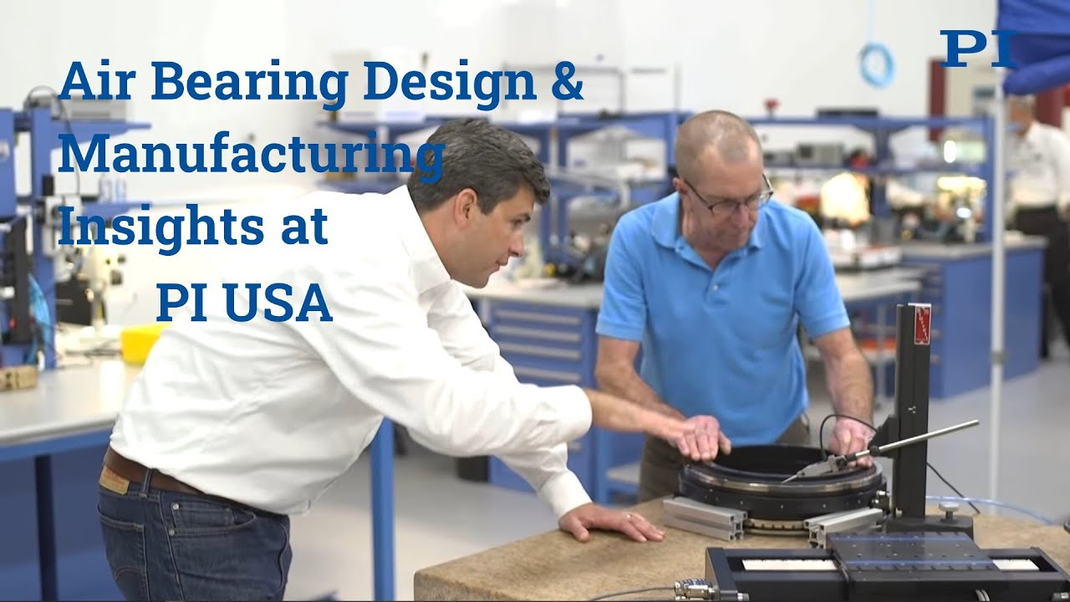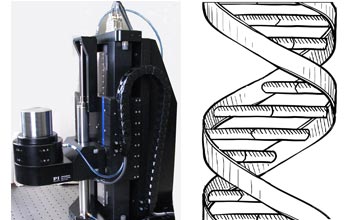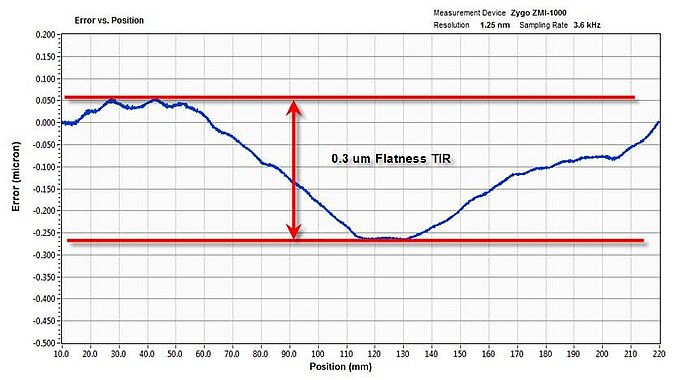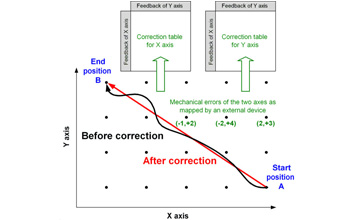1. Air bearings are expensive.
PIglide air bearings with no motors start at under $2k for a simple linear air bearing slide bearings and under $3k for a small rotary bearing.
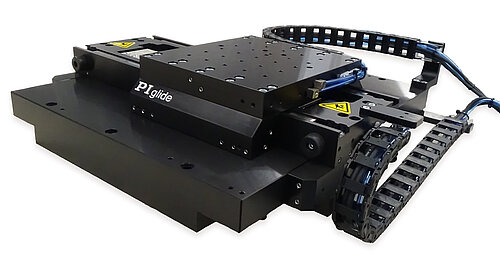
2. Air bearings are only used for high speed motion.
It’s true that air bearings are used in many high speed applications and can achieved speeds >1m/sec, but air bearings are primarily used for their frictionless, smooth, straight motion. Air bearings provide flatness and straightness errors of a few microns over ling travels, which is far better than a typical mechanical bearing stage. Air bearings are also excellent for slow-speed scanning applications where velocity control and following error can be difficult to meet with a mechanical solution. Air bearing stages offer many of the advantages of piezo-flexure stages, but at much larger travels.
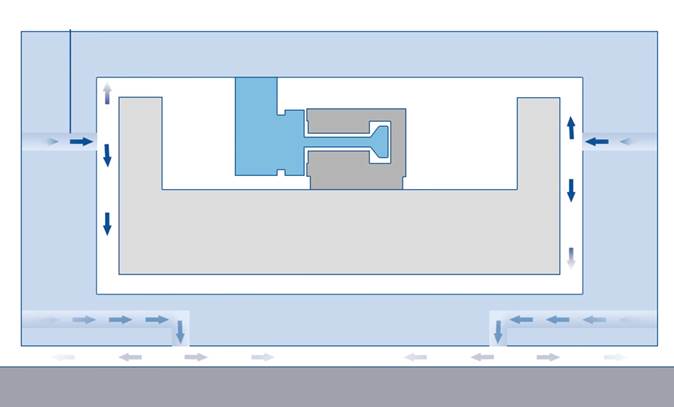
3. Air bearings are always motorized.
The PIglide product line supports a number of applications for air bearings without motors. The most common applications include aligning optics with rotary air bearings and testing cube satellites with spherical air bearings. Within PI, we call a motorized air bearing product an “Air Bearing Stage” and an air bearing without a motor will simply be an “Air Bearing”.
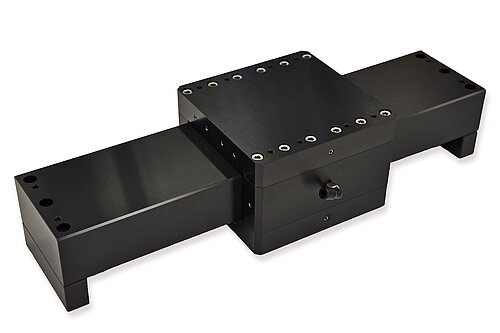
4. The air supply will be too loud and expensive for a customer.
Most customers usually already have compressed air available, often to drive an air isolation table. If they do need compressed air specifically for the air bearing system, a dental air compressor will work just fine. These typically cost less than $5k for a small compressor capable of supporting up to 2-3 axes of motion. These compressors are very quiet, usually operating below 60 dB.
5. Any house/shop air will do.
Clean, oil-free, dry air is required to run an air bearing. Oil and moisture in the air supply will damage the air bearing. If an oil-free compressor is not being used, PI sells air-prep kits for less than $1k that will clean up almost any air supply. As long as you have 80 psi (550 kPa) of compressed air flowing at 1 SCFM (28 L/min) per axis of motion, our kit can handle the rest.
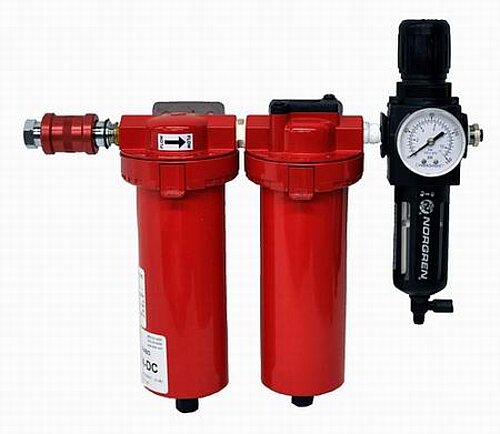
6. Air bearing platforms will be unstable / aren’t stiff enough.
Poorly installed or overloaded air bearing systems can be unstable. However, if sized properly and mounted correctly, a well-tuned air bearing system will be extremely stable. Since there is no friction, there will always be dithering in the direction of travel, usually +/- a few encoder counts. This can be overcome by locking down the air bearing if needed.
Air bearings may be less stiff than a mechanical bearing, but the stiffness of an air bearing is more linear and much better understood than that of mechanical bearings. Mechanical bearings suffer from many non-linear effects and many factors tied to how they are installed and manufactured that cannot always be predicted.
7. Air bearings are great for horizontal applications, but cannot be used vertically.
Air bearings can be used vertically by counterbalancing the payload with an air cylinder. The PI air bearing engineering group has extensive experience with these applications, having designed and built 1,000s of such units.
The need to counterbalance in a vertical application is not unique to air bearings. Any linear stage driven by a voice-coil or linear motor will require counterbalance of the payload to prevent overheating of the motor coil.
Blog Categories
- Aero-Space
- Air Bearing Stages, Components, Systems
- Astronomy
- Automation, Nano-Automation
- Beamline Instrumentation
- Bio-Medical
- Hexapods
- Imaging & Microscopy
- Laser Machining, Processing
- Linear Actuators
- Linear Motor, Positioning System
- Metrology
- Microscopy
- Motorized Precision Positioners
- Multi-Axis Motion
- Nanopositioning
- Photonics
- Piezo Actuators, Motors
- Piezo Mechanics
- Piezo Transducers / Sensors
- Precision Machining
- Semicon
- Software Tools
- UHV Positioning Stage
- Voice Coil Linear Actuator
- X-Ray Spectroscopy

